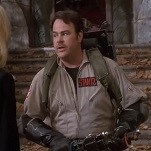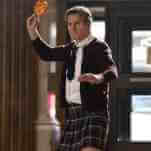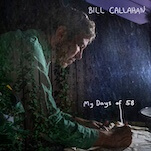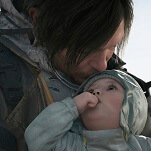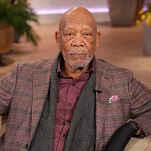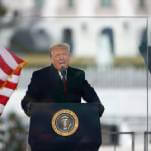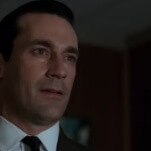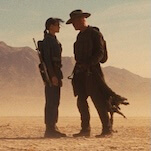Supposedly it only takes a
small group of concerned individuals to change the world, but judging by Kris
Hollington's new book, Wolves, Jackals, And Foxes: The Assassins Who Changed
History,
that group probably has a high-ranking target and a whole lot of guns.
Hollington calls assassination an "underrated tool" for altering the course of
government, and the evidence he provides makes the point hard to dispute. Again
and again, he recounts the efforts of a few driven killers who slipped past
bodyguards and armored cars to murder presidents, whistle-blowers, and heads of
state. Some victims suffer from a lack of proper protection, but even the
tightest security measures can be undone by bad luck and the whims of a madman.
It's enough to make anybody want to stay in for the night.
Wolves gives a loose history of
freelance executions in the second half of the 20th century, beginning with a
failed attempt on President Truman's life, and ending with the efforts that
former Yugoslavian and Serbian president Slobodan Milosevic made to silence an
informant. In between, there's a lot of death. Each chapter focuses on one
major assassination, describing the climate that motivated the killing and the
resultant fallout in sometimes-tedious detail. The cumulative effect is
numbing, although a few pertinent details emerge. Assassins fall into one of
three groups: professionals who kill for profit, idealists who kill for their
beliefs, and unbalanced loners who kill for obsession or attention. But
whatever the motives, an achieved kill always winds up with the same
results—chaos.
In his introduction,
Hollington offers an in-depth study of the causes, psychology, and success
rates of various assassins, but he never really delivers on that promise. While
the descriptions of the attacks are gripping and engaging, Hollington
approaches background details with a kind of spray-and-pray style that leads to
unnecessary information and a general lack of focus. Wolves is less an assessment of
high-profile murders than a series of action setpieces, individually exciting
but without the necessary connective tissue to make them anything more.
Hollington's breathless writing style, with its tendency toward hyperbole,
doesn't help. A stronger sense of purpose and tighter editing could've done
wonders, but as is, it's a book with too much ammunition and not enough
targets.


